Like so many college students, once I turned 18, I got a credit card and blew money like it was free. But I didn’t learn my lesson there, as I proceeded to handle my finances like a teen all the way through my late 20s.
Once I got married and my wife and I were expecting our first child, I learned the importance of financial stability and having a solid credit score. Instead of having just myself and a cat to support, I had two other people looking to me for support.
After two years in Indonesia and a few months living in an awful apartment, my wife and I decided it was time to buy a house. Before I could even think about a house, I had to fix what I knew would be an abysmal credit score.
Here’s how I raised my credit score from a 500 to 720 in just two years.
I Pulled by Credit History
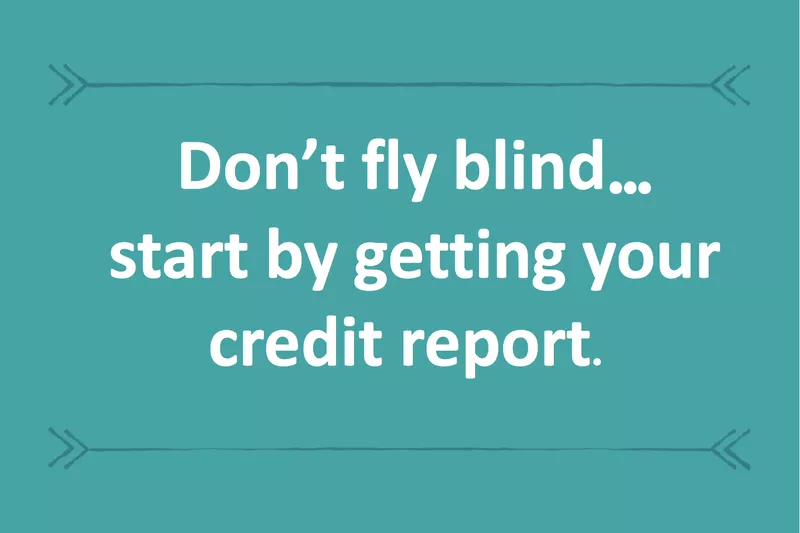
The first step for anyone looking into the credit-repair journey: Get the strength to check your credit report. It had been a few years since I last had the gall to take a peek, but I was committed to getting out of our tiny two-bedroom apartment with obnoxious upstairs neighbors and into a house.
Once I pulled my credit for free, I was pleasantly surprised to see it was better than the mid-400s it was the last time I checked. Not that my 500 score was anything to brag about, but I knew part of my battle came with time.
I Reviewed My Accounts
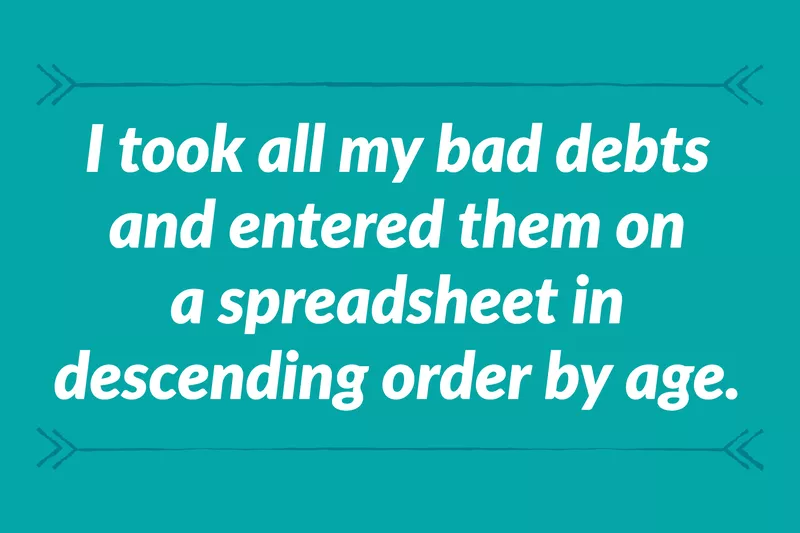
Now it was time to dig in and review every account. The only account that was in good standing was my student loan, and even that had a 180-day non-payment blemish in the past seven years. Fortunately, I was able to speak with my student loan servicer about three years prior and get it removed from collections after making a $2,000 good-faith payment.
While that 180-day strike impacted my score, my most significant issues were current and past collections. These included unpaid cable bills, overdue electricity bills, an eviction and a few unpaid medical bills.
To get a better look at everything I owed, I took all my bad debts and entered them on a spreadsheet in descending order by age. This would help me prioritize them. Or, more specifically, de-prioritize ones that wouldn’t matter in two years.
I Deprioritized 6-Year-Old Bad Debts

I knew we were at least two years away from purchasing our home, as we had already set a budget and knew the downpayment we’d need would take two years to collect. With this knowledge and my understanding from a previous job as a collections agent — I know…how ironic — that the Fair Credit Reporting Act rules state most debts must be removed from your credit report seven years after the first delinquency, I cut any 6-year-old or older debts from my list.
Remember, though, the debt falling off your credit report does not mean you no longer owe the money — you owe that for life. It means lenders pulling your report will never know that debt existed.
I Prioritized All Remaining Bad Debts
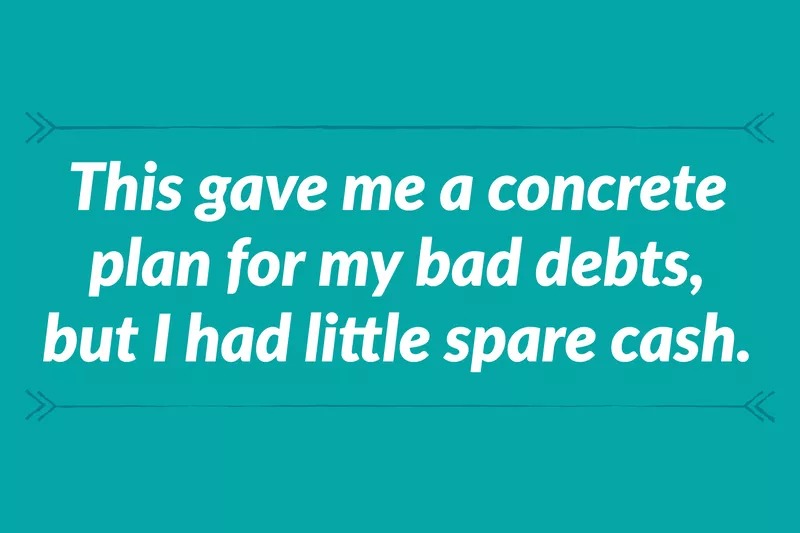
With my list of bad debts whittled down to only the ones that could impact my score in two years, I then reprioritized them in ascending order by age and amount. This put the newest accounts, which can have the largest impact on my credit score, and the lowest balances, which would be the easiest to pay off, first on my list.
This gave me a concrete plan for my bad debts, but me being new to my fledgling freelance-writing career meant I had little spare cash and needed to see what I could trim from these balances before paying any cash. Time to put on that negotiating hat.
I Disputed Inaccurate or Outdated Information
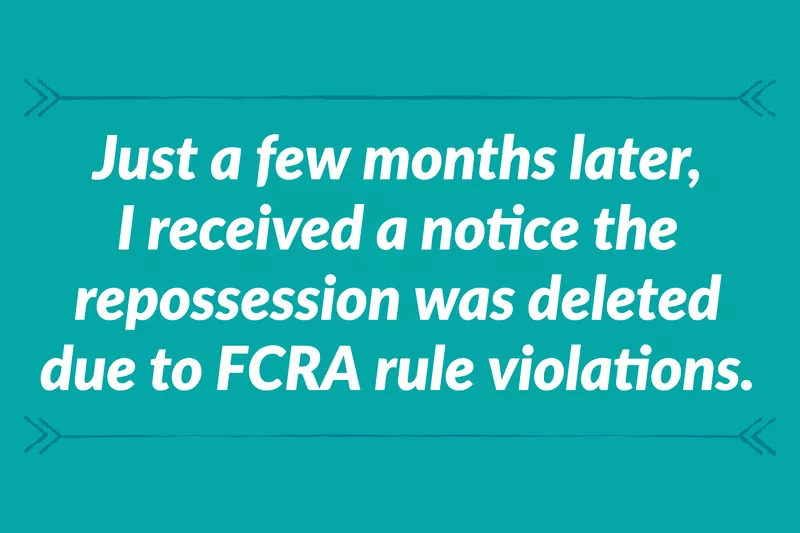
As I said before, I was seriously irresponsible in my 20s, and that included three — yes, three — car repossessions. By this point, two of those repossessions had fallen off my credit report, so they were no concern, but one was still hanging on despite being well beyond the seven-year mark.
After research, I learned the buy-here-pay-here dealer I bought this car from got in some hot water over credit-reporting inaccuracies. I must have missed the mailer about the lawsuit that ended in them having to remove most repossessions from former borrowers’ credit reports, so I disputed it via credit reporting agencies Equifax, Transunion and Experian to see if they would remove it. Just a few months later, I received a notice the repossession was deleted due to FCRA rule violations. Sweet! Another roughly $7,000 erased from my old debt.
I Called the Collectors
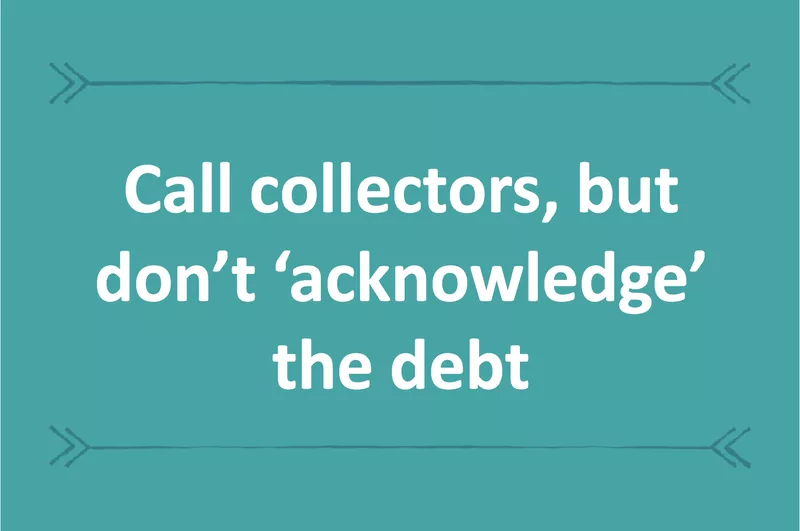
With my trusty list of bad debt in hand, I did what few debtors would ever do: I called the collections companies. This may seem like financial suicide, but believe it or not, debt collectors can actually be relatively friendly when you initiate the contact.
Knowing these debt collectors may have bought my debt for pennies on the dollar from my past lenders gave me a little negotiating leverage, but I never offered a settlement or took ownership of the debt. There are funny laws about being on tape acknowledging the debt is yours causing the 7-year deletion clock to restart, so I simply said I do not recall the debt but I would like to hear my settlement options to have it removed or placed as a $0 balance on my credit report. Having it removed is always best, but not all collections companies offer this. Worst case scenario, the $0 balance is a decent consolation prize.
Then, I Negotiated
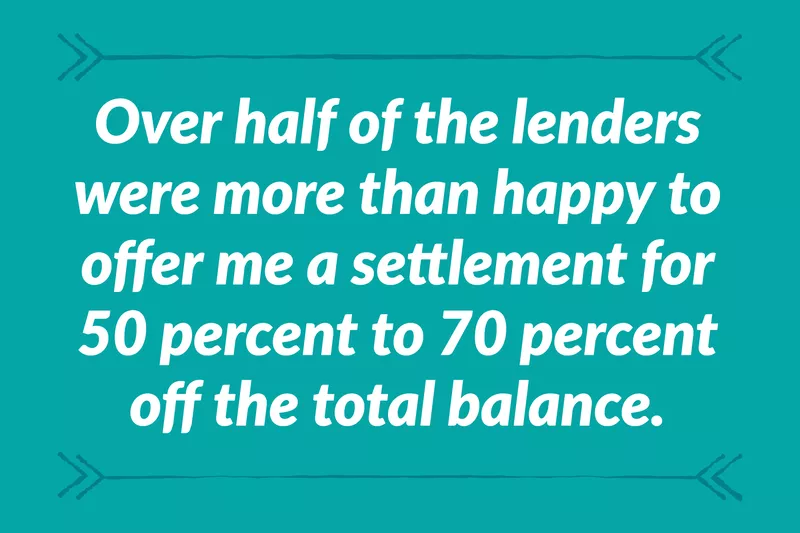
Over half of the lenders were more than happy to offer me a settlement for 50 percent to 70 percent off the total balance if I paid in full. Others weren’t as excited to pass out discounts.
I made notes of every settlement offer and listed them in order of youngest to oldest and largest to smallest discount amount. The youngest debts with the biggest discounts would get my cash first, while the older ones with fewer discounts would be the last to see any money.
I Created a Tight Budget on Excel
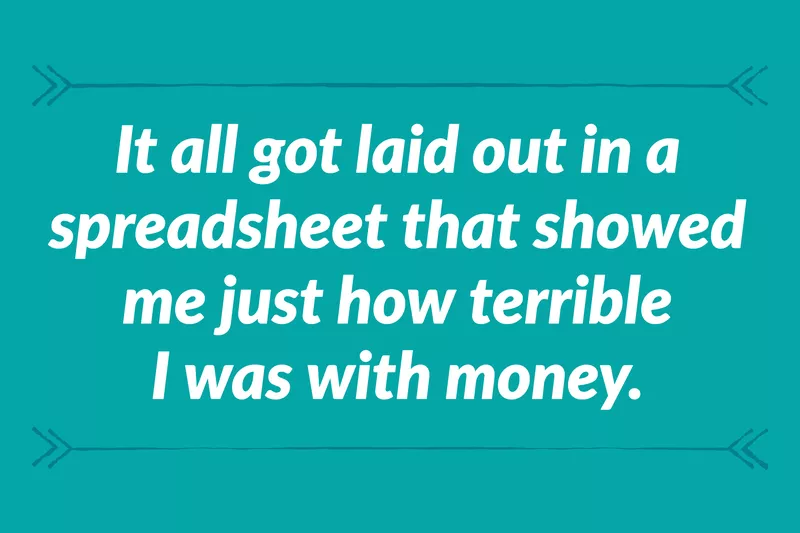
Budgeting is a must in any credit-repair program, as my lack of a budget is what got me in trouble in the first place.
No need to get all fancy with your budgeting and drop precious cash on software or subscriptions. If you have Microsoft Excel or a similar program on your computer, it will work fine. If not, Google Sheets has a good Excel clone that saves your budget on the cloud.
I started by laying out all my bills and average monthly expenses on everything: groceries, electricity, entertainment, Netflix, beer, gasoline, etc. It all got laid out in a spreadsheet that showed me just how terrible I was with money.
I Set a Monthly Goal

On another spreadsheet, I used our anticipated mortgage application date, which was two years away, and the amount of bad debt I had to figure out how much money per month we needed to pay off the bad debts, maintain my student loans and keep us afloat.
After all my negotiating, I had about $7,000 in bad debts to pay off in two years, which would eat up about $300 per month for two years. As I said before, I was a fledgling freelancer, so funds were tight at roughly $2,800 per month after taxes, so my family needed to make cuts where we could.
We created a working budget that included only the bare necessities to survive, like rent, electricity, gasoline, groceries, water, etc. This budget tossed out all the fun stuff, like beer, movie theater tickets, Netflix, dining out and more. This wasn’t a livable budget, but it gave us a great look at what is left after we pay only the necessities.
My Budget Breakdown
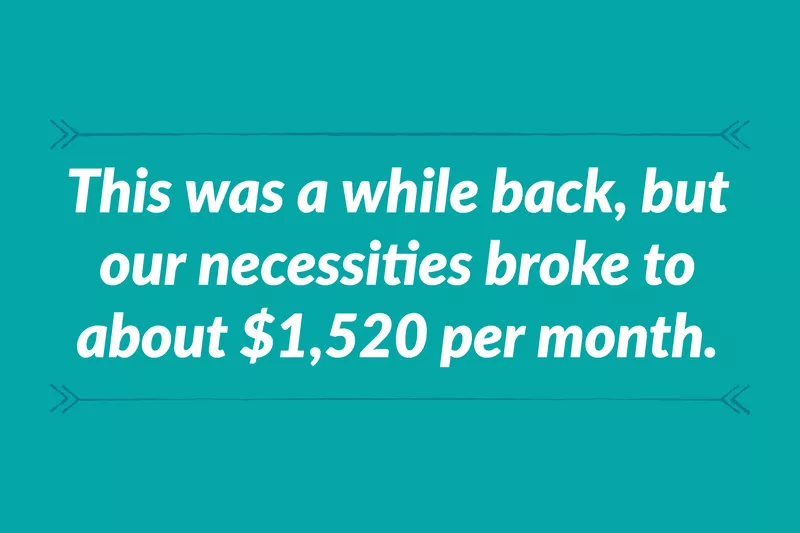
My breakdown:
- Rent: $595 (750 square-foot two-bedroom apartment near Tampa, Florida)
- Groceries: $200 (family of three with serious couponing)
- Car insurance: $125 (two paid-off cars)
- Electricity: $100
- Cellphone: $100 (two lines)
- Gasoline: $100
- Student loans: $100
- Water: $75
- Cable and internet: $75
- Clothing: $50
I Determined Where to Allocate Discretionary Income (Including Fun Stuff)

Putting my budget on paper was a real eye-opener, as it showed I should have had $1,280 per month in extra cash after paying our necessities, which should have been more than enough to pay down my debts while still having loads of fun without struggling.
Obviously, we were being way too liberal with our discretionary spending, so I put our discretionary spending on paper and found we were spending well over $1,100 per month randomly.
It Was a Family Decision
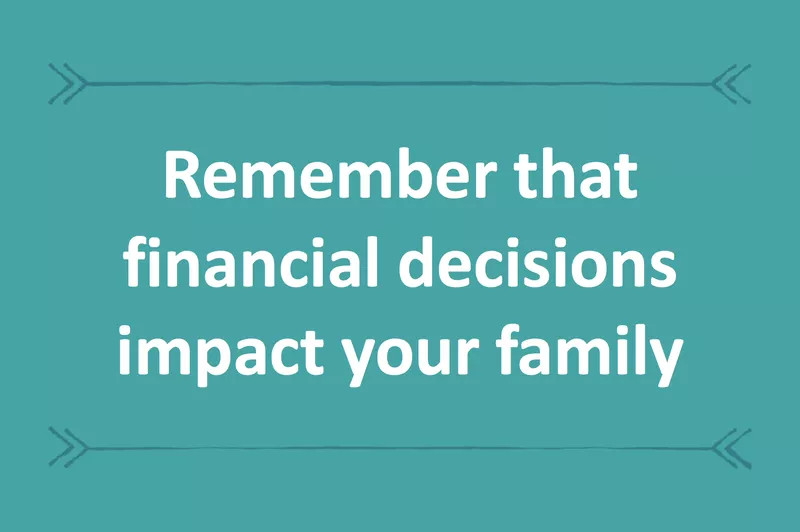
This led to a quick spousal chat to determine what we really needed to keep our fun levels high for us and our 2-year-old son. My wife and I were in complete agreement we spent too much and determined $200 per month in what we called “fun money” was plenty. If we ran out, we would spend more time at parks and doing other free activities with our son.
This put us at $780 in the black each month after paying down the old debts. Simple budgeting showed us we could pay down my debts, have fun and still have money to save toward our downpayment.
I Opened Bad-Credit-Friendly Credit Cards
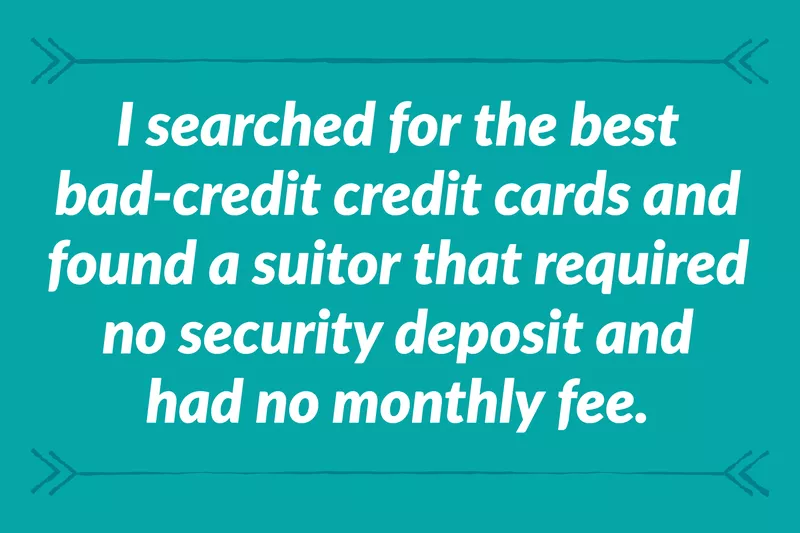
While paying off my old debts was helping my score, I only saw about a 25-point increase in the first six months. This added up to only about an 4-point-per-month increase, and I wanted more.
After some research, I found the best way to boost a score is to have an active credit card with responsible usage. I dug in and searched for the best bad-credit credit cards and found a suitor that required no security deposit and had no monthly fee. The available credit was low at just $750 per month, but it was a great place to start.
I Used the Credit Card While Adhering to 30 Percent Rule

Having a credit card is a great benefit when trying to boost a credit score, but it’s not enough. To get the full benefit of the card, I had to use it responsibly by paying bills and other expenses with that card while never exceeding a $225 balance, which is the recommended 30 percent of my available credit most credit experts recommend keeping your balance under. Anything over 30 percent, according to experts, can harm your credit score.
Each month, I would only use my credit card up to a $225 balance and pay it off at every statement. This not only helped my credit score with timely payments, but it also kept me from paying interest and earned me points toward rewards.
Some people may claim leaving a small balance on your credit card will boost your score, but Experian states this will do nothing but cost you interest each month.
I Used Debt Apps to My Advantage
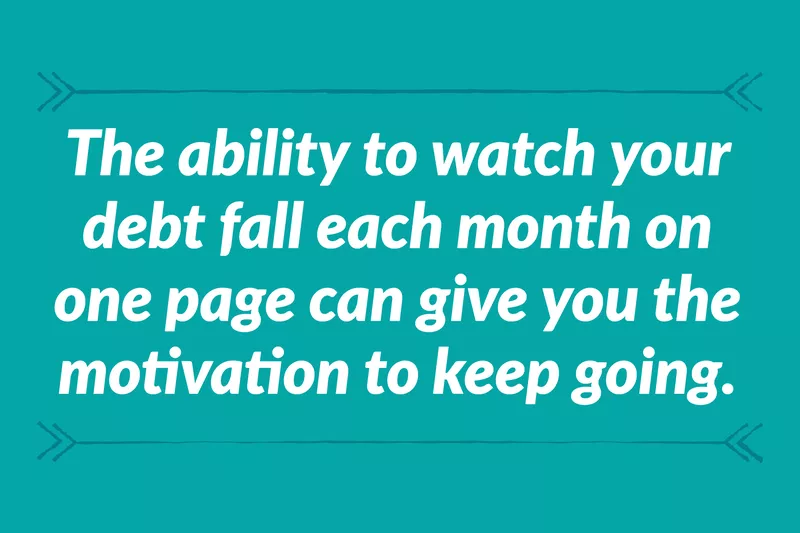
Tracking debt payoff can be an absolute nightmare, but there are plenty of apps out there that can help. While it was best suited for credit cards, I used the now-defunct ReadyForZero app to manually track my old debts and keep track of my one credit card.
Later in life, some unexpected expenses led to unexpected credit card debt, which is where ReadyForZero helped immensely. Plus, the ability to watch your debt fall each month on one page can give you the motivation to keep going.
Though the app I used to track my debt payoff is no longer available, there are tons more available online and on that pocket-sized supercomputer we call a smartphone.
I Tracked My Credit Score Monthly

You cannot fix anything with your head buried in the sand, and this rings true with credit repair. On the 15th of each month, I would log into my credit-monitoring account and review all my accounts and my credit score. Not only did this help motivate me and keep me on top of my score, but it also helped me learn what actions had the biggest impact on my score.
I Had To Be Patient
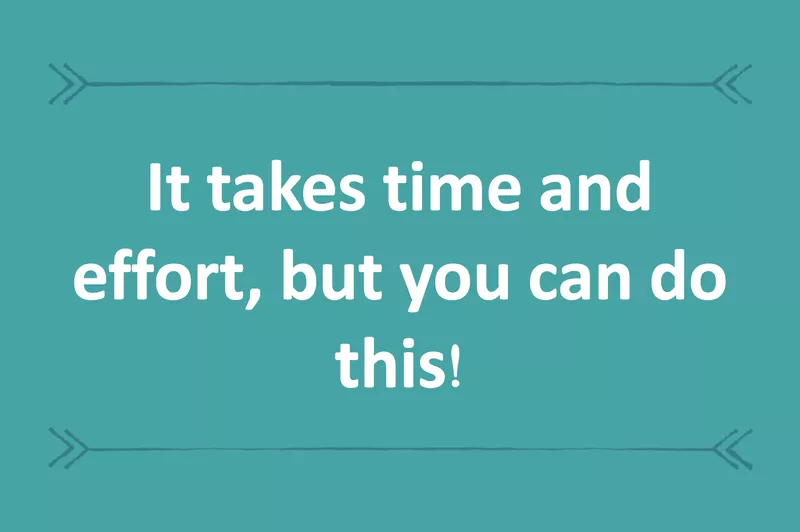
One bit of advice to take to heart when reviewing your credit score monthly is to not get discouraged. Some months, you may see it skyrocket, while other months could show minimal gains or even small loses. In my two-year process, I saw jumps as high as 50 points in a month, but I also saw 50-point drops for no obvious reason. Remember, it’s all about winning the credit-score war, not fretting over small battles.
I Got Insider Tips From Lenders
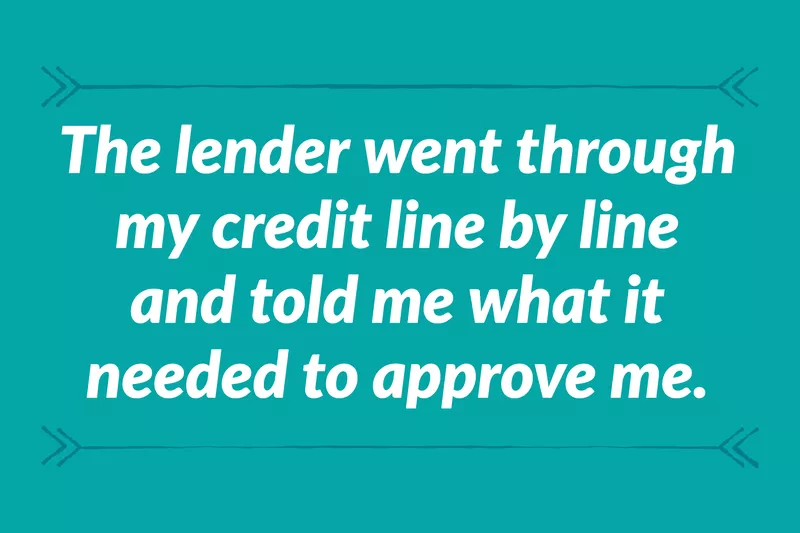
After a year, my credit score was at 650, which was a whopping 150-point increase. This was about where I needed to be to get pre-qualifications for an FHA mortgage. While I had the score to get pre-qualified, I knew with my outstanding bad debts, there was no way a lender would qualify me.
Despite the unlikelihood of getting a pre-qualification, I learned lenders can be a great tool for figuring out what to do next. So, I contacted a few lenders and explained my situation to them and asked for advice. Most of them just wanted to pull my credit, but one stood out as willing to help without pulling my credit. After getting as much information as possible from this lender, I then permitted them to pull and review my credit. Sure, it may have cost me a fraction of a point on my score, but the info the lender gave me was invaluable.
The lender went through my credit line by line and told me what it needed to approve me, including what debts mattered most and least, how to manage my credit card accounts, how payment plans on old debts impacted my score, and more.
I Avoided Temptation
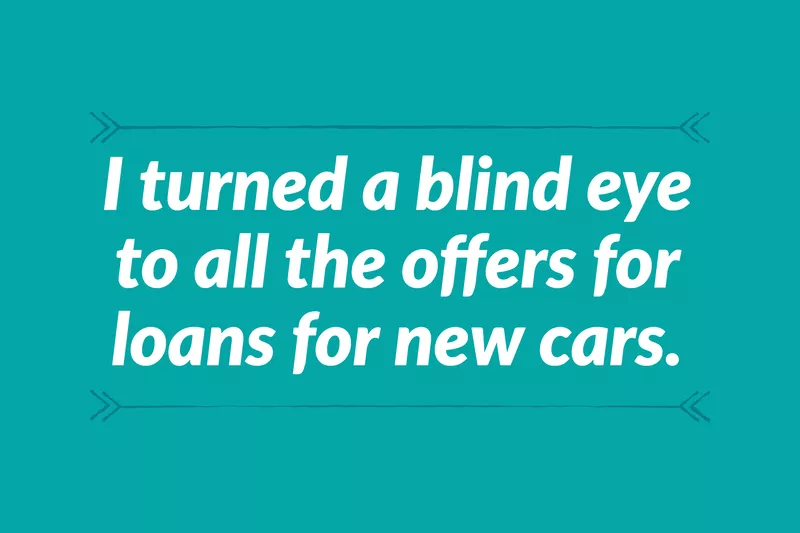
One tricky part about fixing your credit is avoiding temptation. Once your credit hits the mid-600 range, lenders start flooding your mailbox with pre-qualification notices for car loans, personal loans, credit cards and more. It can be tempting to take them up on these offers, especially when the 2006 Dodge Neon you’re driving around is one pothole away from joining the heap at the scrapyard.
I turned a blind eye to all the offers for loans for new cars and instead kept dumping a few hundred bucks in new repairs to my aging Neon. Had I given in and taken one of those new-car loans, my credit would have taken an unhealthy hit in the process. I did, however, promise my family we would buy a brand-new car right after I hit the target credit score and we got the house.
The Home Stretch
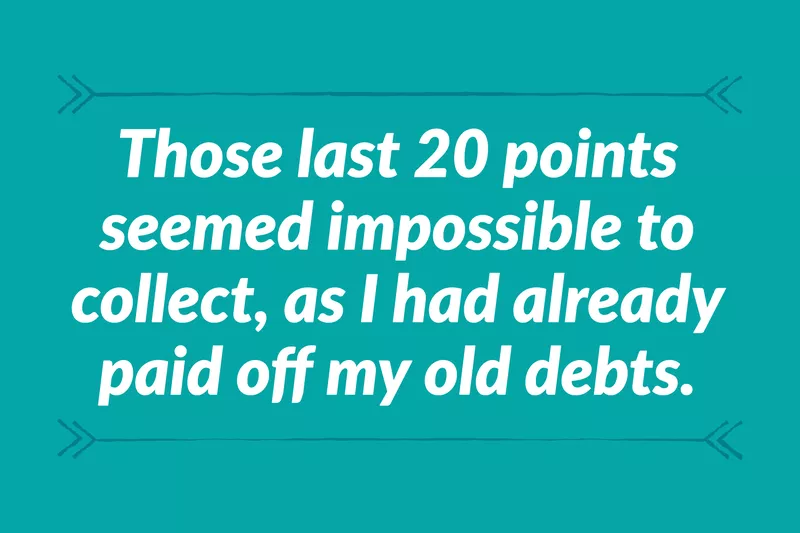
The last few months of my journey were stressful. I’d reached the 680 mark, but I had just a handful of months left to hit my 700 target. Those last 20 points seemed impossible to collect, as I had already paid off my old debts, so the big jumps were not coming. The key was to keep using my credit card until it hit the 30 percent mark and paying it off at the end of each billing cycle.
But, Finally, I Hit the Mark!
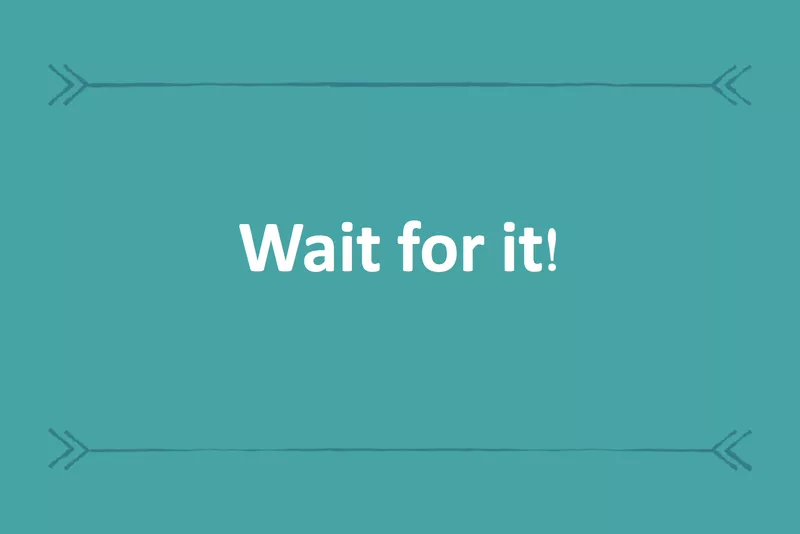
It was slow and sometimes led to me overanalyzing the whole process, but staying the course ended with me blowing past my 700 mark — I actually ended up at a 720 — at the end of my journey.
Maintenance Is Key
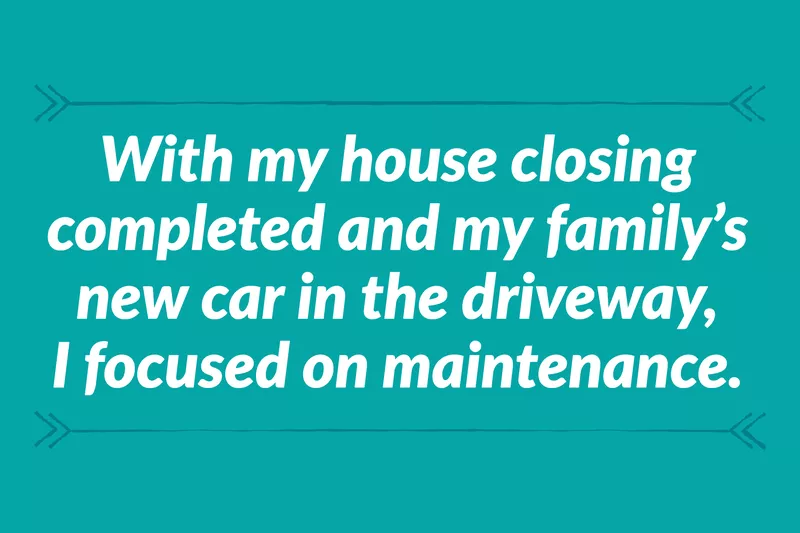
With my credit in check, the house closing completed and my family’s new car in the driveway, I turned my focus to maintenance. Though I was out of the woods with my bad debt and my credit score was healthy, I couldn’t succumb to all the credit cards and loans I was qualified for. I ended up taking out one more credit card for emergencies — until I built an emergency fund — but locked it away and didn’t touch it for many years.
Today, my score hovers in the 720 to 750 range — it’s a little lower than normal now due to some debt I took on during a move to Indonesia — but it is manageable and I am working on a payoff plan to fix it.
Ready, Set, Go
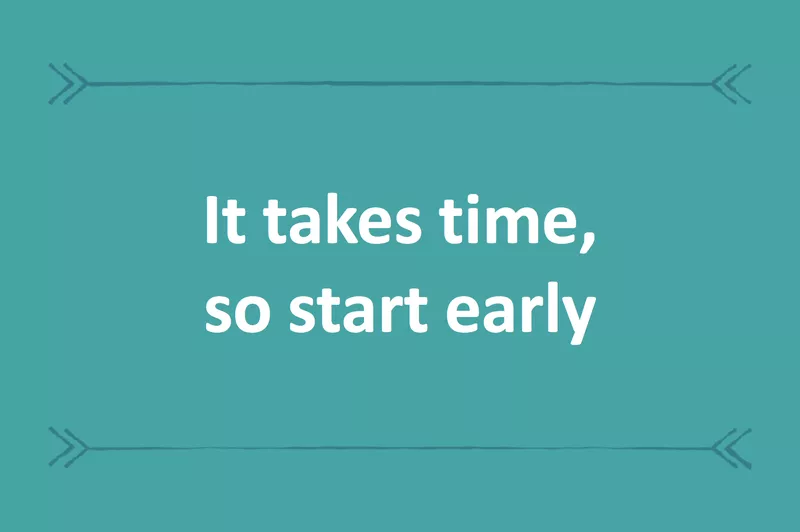
Unfortunately, there’s no quick-fix way to boost a bad credit score to average and an average credit score to great. It takes time, and with some of those negative events lingering on credit reports for up to seven years, the longer you wait to get started, the longer it will take to improve your score.
So get started!